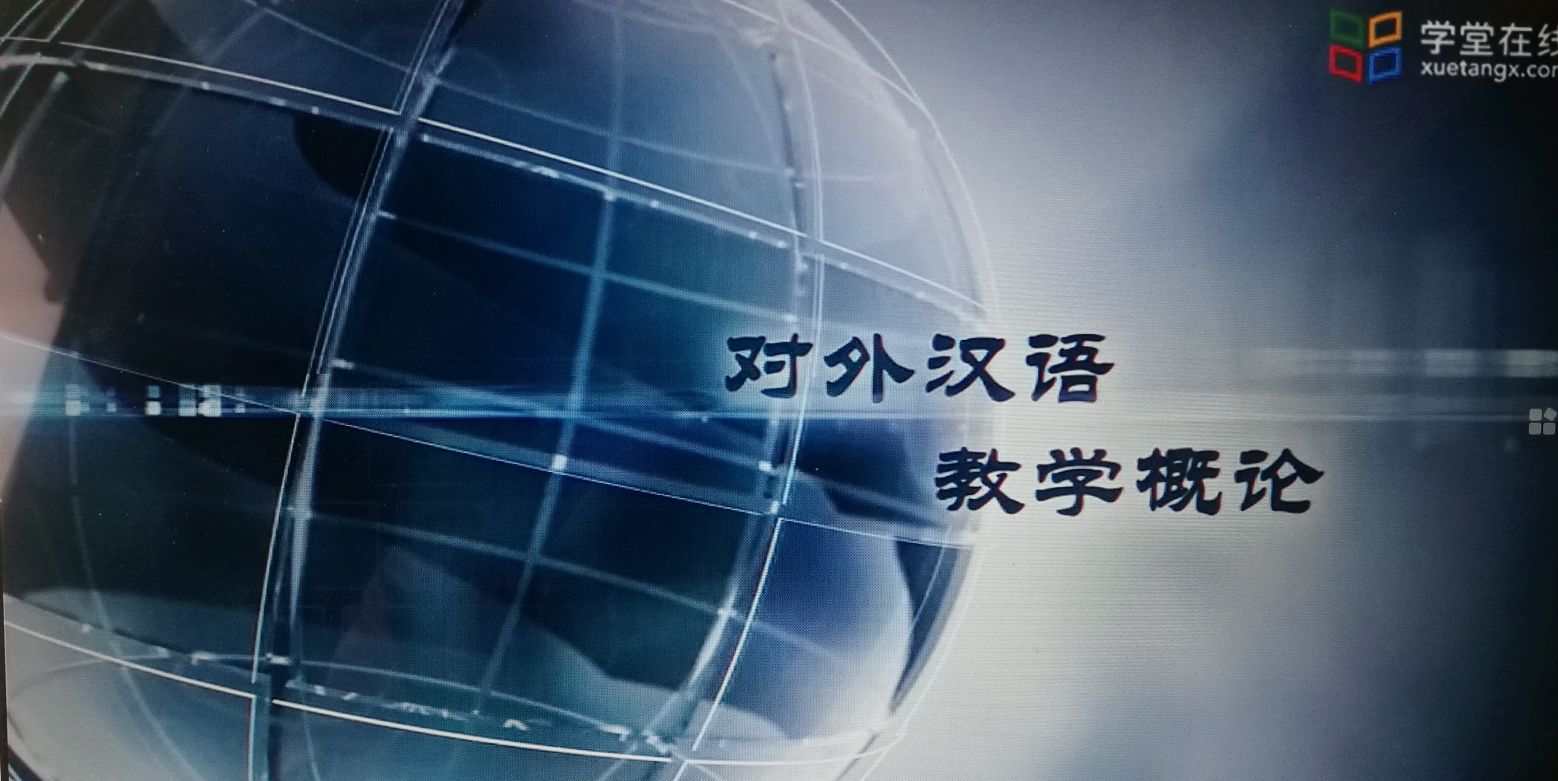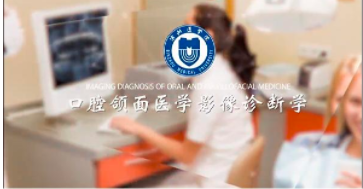
当前课程知识点:Innovation and Creative Thinking (创新与创意思维) > 13. Case Study (Selective)个案研究(选学) > Case Study: Keep-fit formula for Children (学童Keep-Fit方程式) > Case study: sleep apnoea (continued)
返回《Innovation and Creative Thinking (创新与创意思维)》慕课在线视频课程列表
Sleep apnea(Interview)
睡眠呼吸暂停
Professor: Hi, Alice!
教授:你好,爱丽丝!
Alice: Hi, Professor!
爱丽丝:你好,教授!
Professor: My friends are very interested in your study.
教授:我的朋友对你的研究很感兴趣。
Alice: Thank you!
爱丽丝:谢谢!
Professor: They keep asking me your background, may be this is a good time for you to tell us about your background.
教授:他们一直问我你的背景,也许这是个好时间,告诉我们你的背景。
Alice: OK. My undergraduate course was clothing studies in the Hong Kong Polytechnic University, subjects such as clothing technology, textile chemistry, fashion and pattern designs and fashion merchandising were included in this course.
爱丽丝:好的。我本科课程是香港理工大学服装专业,科目像服装技术、纺织化学、时装及图样设计和时装销售都包含在课程中。
Professor: Right, so all the subjects you did they are unrelated to sleep apnea, what let you to conduct a study in sleep apnea?
教授:好,你学的所有科目都和睡眠呼吸暂停无关,是什么让你进行睡眠呼吸暂停研究?
Alice: Well, I found that I like doing research when I was working on my thesis in the Hong Kong Polytechnic University and it was about design and evolution of genes. And after graduation approached my professor and asked if I had a chance to further my study in research area and at that time the applications of smart textile material in medical area was hot topic. And we were interested to study the use of these materials to monitor sudden infant death syndrome, monitoring elderly at home and managing the symptoms of sleep apnea. And finally we decided the study: the possibility of using the smart textile technologies to monitor and manage the symptoms of sleep apnea. Because we believe that it was a total new topic and may have great contribution.
爱丽丝:好的,我在香港理工大学写论文的时候发现自己喜欢做研究,它是关于基因的设计和进化。毕业后我找过教授,问问是否有机会在研究领域继续深造,当时智能纺织材料在医学领域的应用是研究热点。而且我们有兴趣研究,应用这些材料监测婴儿猝死综合征、监测居家老人以及管理睡眠呼吸暂停的症状。最后,我们决定研究,应用智能纺织技术监测和管理睡眠呼吸暂停症状的可能性。因为我们相信这是一个全新的主题,可能会有重大贡献。
Professor: With the complete change of the discipline, I'm sure you have encountered a lot of difficulties. What are the difficulties and how did you overcome them?
教授:由于学科的完全改变,我肯定你遇到了很多困难。这些困难是什么,以及你如何克服它们的?
Alice: As I have no relevant background in medical area, so I need to spend lots of time in searching the information related to sleep apnea such as the epidemiology, the symptoms and way to measure it. We also try to study the possibilities of using meridian points stimulations which involved the application of Chinese medicine. Apart from reading the relevant papers and books, my professor also helped me to arrange visits to Beijing university of Medicine and also a sleep laboratory in Adelaide, Australia. And it really helped me to have an in-depth understanding in terms of medical practice and monitoring methods
爱丽丝:因为我没有医疗领域相关背景,所以需要花很多时间搜索与睡眠呼吸暂停有关的资料,比如流行病学、症状和测量方法等。我们还尝试研究,采用经络穴位刺激的可能性,这涉及到中医的应用。除了阅读相关论文和书籍外,教授还帮助安排我参观北京医科大学以及澳大利亚阿德莱德睡眠实验室。而且它真的帮助我深入了解医疗实践和监测方法。
Professor: Thinking back what was the most challenge part of your study?
教授:回想一下你研究中最具挑战性的部分是什么?
Alice: Firstly, there were lots of challenges. Firstly, it was difficult to manage time and I need to keep my work completed on schedule. Secondly, it took time to recruit the right subjects. Subjects diagnosed with sleep apnea were preferred but some of the subjects may just have the symptoms. And they came to our sleep laboratory for a sleep test and check before coming to have an intervention and it took time to have a sleep study for all the suspect cases. And thirdly, the intensity of interventions need to be calibrated and may vary among subjects. Therefore, we need to have a pilot study and carefully predict the level of intensity for the subjects. And fourthly, our team has to do repetitive tasks on smart materials to ensure its function properly.
爱丽丝:首先,有很多挑战。第一,管理时间很困难,我需要保证根据进度表完成工作。第二,招募合适的研究对象需要花时间。被诊断为睡眠呼吸暂停综合征的病人是首选,但有些研究对象可能只有症状。他们在进行干预前,会先来睡眠实验室进行睡眠测试和检查。对所有怀疑对象进行睡眠研究需要花费时间。第三,干预的强度需要校准,根据研究对象可能会有所变化。因此,我们需要进行预实验,并仔细预测研究对象的强度水平。第四,我们团队不得不对智能材料做重复性工作,以确保其功能正常。
Professor: Now you had successfully passed the doctoral examination and got your PhD, are you happy with the results?
教授:现在你已经成功通过博士学位考试,拿到了博士学位,你对结果开心吗?
Alice: Well, yes! I was quite satisfied with the results, as the final prototype was completed and our team won gold prize in an innovation competition held in Germany in 2016. And we've got a patent in USA. Oh, I would like to take this chance to say thanks to my professor for the supports, guidance and encouragement!
爱丽丝:是的!我对结果很满意。因为最后的原型完成了,而且2016年我们团队在德国举办的一项创新比赛中获得了金奖。而且我们已经拿到了美国专利。我想借此机会感谢教授的支持、指导和鼓励!
Professor: Well, if you asked to do it again, will you follow the same procedure?
教授:好的,如果要求你把它重做一次,你会按照同样的程序吗?
Alice: Well, yes! I would say yes. I would still use a randomized controlled trial to determine the effect of interventions. As the project has been done a few years ago, the technology has been changed and I believed the monitoring methods and smart material would be more advanced and the stimulation intensity that we used in this project I think really need to be carefully calibrated.
爱丽丝:好的,是的!我会说是的。我仍然会采用随机对照试验来确定干预效果。因为这个项目已经是几年前的,现在的技术已经改变了,我相信监测方法和智能材料会更先进,我们在这个项目中使用的刺激强度,我认为需要仔细校准。
Professor: Thank you very much, Alice!
教授:非常感谢,爱丽丝!
Alice: Thank you!
爱丽丝:谢谢!
返回《Innovation and Creative Thinking (创新与创意思维)》慕课在线视频列表
-Assessment: Challenge Based Learning
-Identifying Why People May Oppose Your Ideas(明确人们反对你想法的原因)
-The Process of Planning the Presentation (汇报的计划过程)
-Ways To Get Others To Feel Positive About Your Ideas(让他人对你的想法感到积极的方法)
-Solution identification and implementation
-Solution appraisal and evaluation (方案的评价和审核)
-Case study: Telehealth and telecare Initiative (远程医疗和远程照护的首创)
-Case study: Acu-magnetic therapeutic for knee osteoarthritis(磁疗护膝治疗膝骨关节炎)
-Measures of creativity and creative thinking
-Creative thinking in everyday life1
-Creative thinking in everyday life 2
-Case study: Making Crispy Vegetables(制作酥脆蔬菜)
-Tutorial: How To Sell Your Ideas To Others(如何向他人推销你的想法)
-Case Study: Heart Rate Variability (心率变异性)
-Case Study: sleep apnoea(睡眠呼吸暂停)
-Case study: sleep apnoea (continued)


